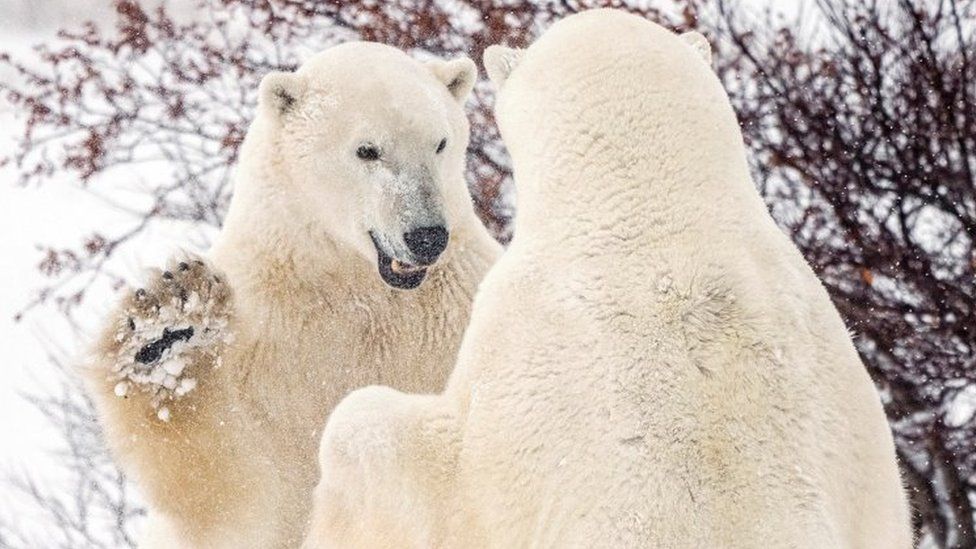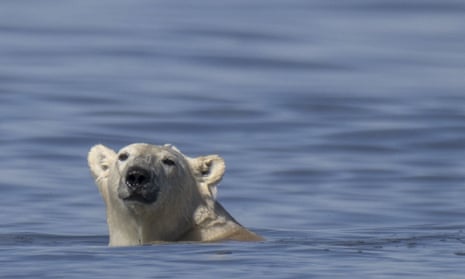Canadian Hudson Bay Western Arctic's Diminishing Polar Bear Population
"The actual decline is a lot larger than I would have expected.""It certainly raises issues about the ongoing viability [of the area to provide food for struggling female bears to enable them to nurse and rear offspring].""That is the reproductive engine of the population."Andrew Derocher, biology professor, University of Alberta"Those are the types of bears we've always predicted would be affected by changes in the environment.""[The capacity for polar bears in the Western Hudson Bay to reproduce will diminish] because you simply have fewer young bears that survive and become adults."Stephen Atkinson, polar bear specialist, lead author, government polar bear survey
 |
| Polar bears are the most studied specimens in the world Reuters |
Western Hudson Bay in the Canadian Arctic on its southern edge are dying in large numbers according to a newly released government survey. In particular the survey points out, female bears and their cubs are experiencing a particularly difficult time. Churchill in Western Hudson Bay, called the Polar Bear Capital of the World, is the locale where a 2021 air survey was undertaken, leading to an estimation of 618 bears in comparison to the 842 found in the 2016 survey.
Biology Professor Andrew Derocher has studied the polar bears at Hudson Bay for close on to four decades and he is alarmed by these revelations. The number of bears in the region since the 1980s fell by close to 50 percent, according to the authors of the study, of which Dr. Derocheer was not a part. The issue comes down to the disappearance of the Polar ice essential to the survival of polar bears reliant on Arctic sea ice -- frozen ocean water -- which in the summer with warmer temperatures, shrinks, to form again in the next long winter.
 |
| A polar bear near Churchill on the western coast of Hudson Bay, where sea ice has been disappearing at an alarming rate. Photograph: Olivier Morin/AFP/Getty Images |
The ice enables polar bears to hunt, as they perch astride holes in the thick ice to spot seals coming up for air. The bears are carnivores, seals their favorite food. The Arctic, however, has warmed twice as quickly as the rest of the world, as a result of climate change. And sea ice is cracking earlier while taking longer to freeze back in the fall, leaving many polar bears living across the Arctic with less ice where they can live, hunt and reproduce.
It is the death in numbers of young bears and females in Western Hudson Bay that is most alarming to the future of the species according to the researchers. The problem centres around the fact that young bears require energy to enable them to grow. They cannot survive long periods in the absence of enough food. In the same token, female bears face a difficult struggle in their expenditure of massive amounts of energy that it takes to nurse and rear their offspring. The future appears drear for the species.
 |
| A mother polar bear and cub near Churchill, Man. (Elisha Dacey/CBC) |
Labels: Climate Change, Diminishing Population, Polar Bears, Research

0 Comments:
Post a Comment
<< Home